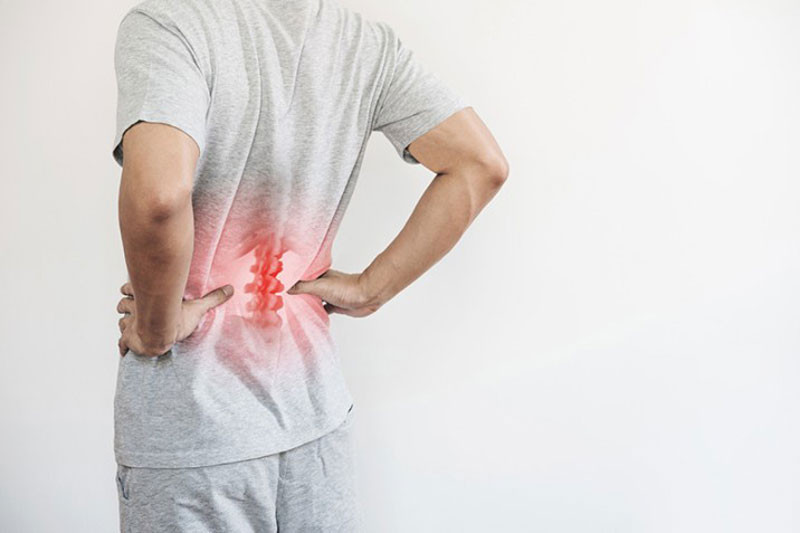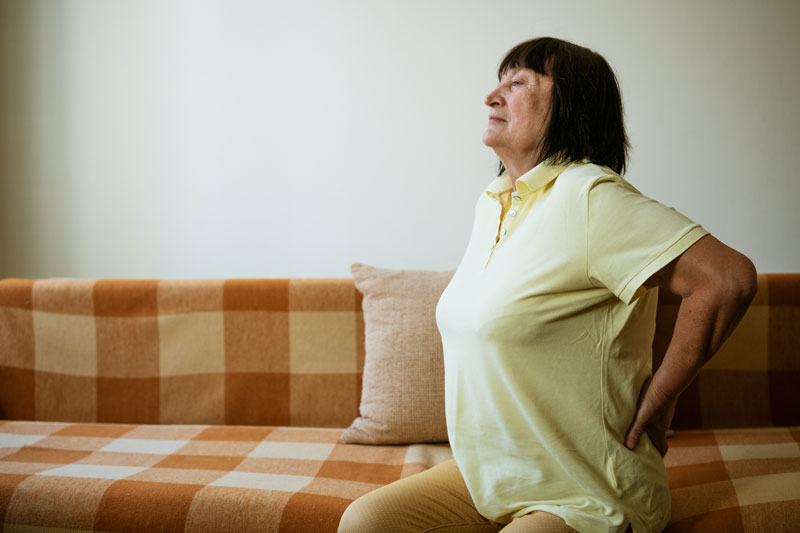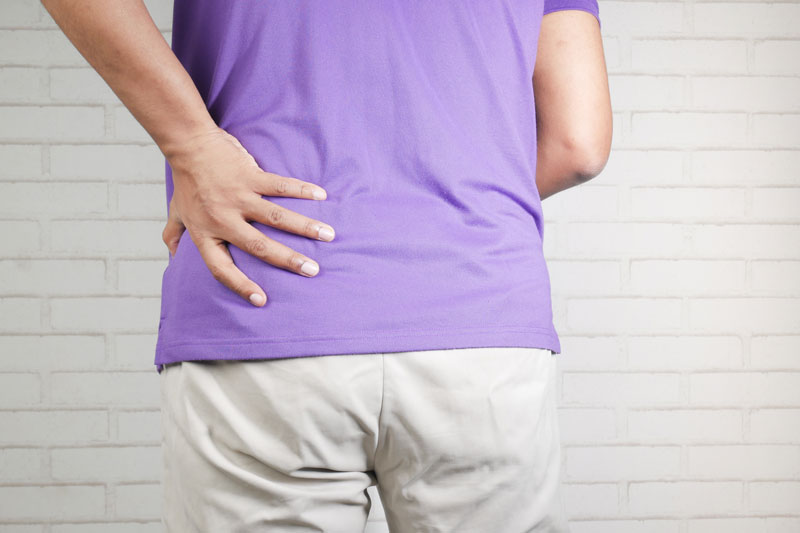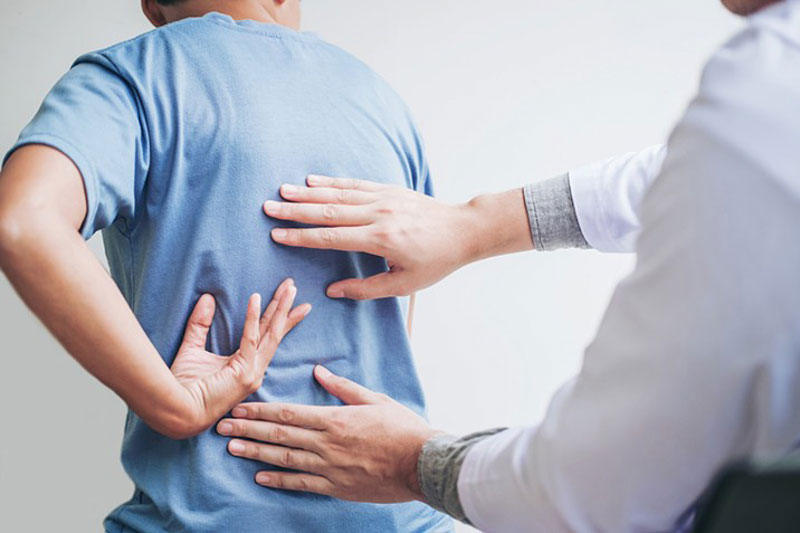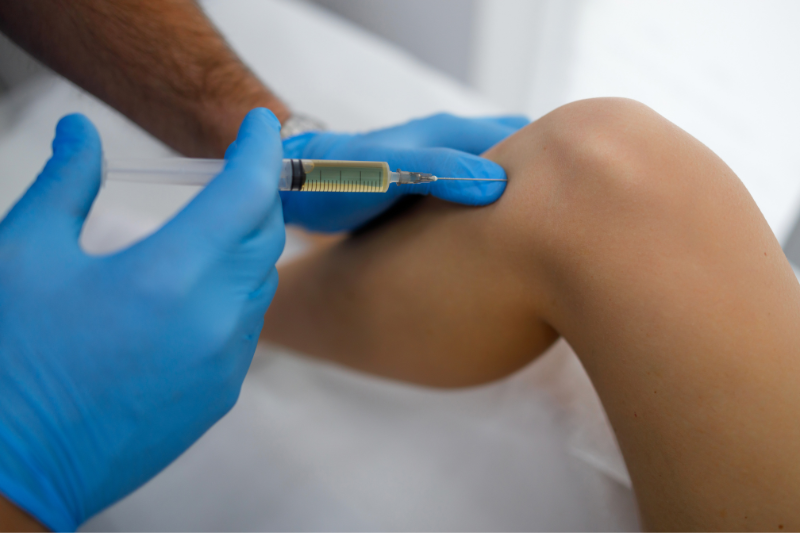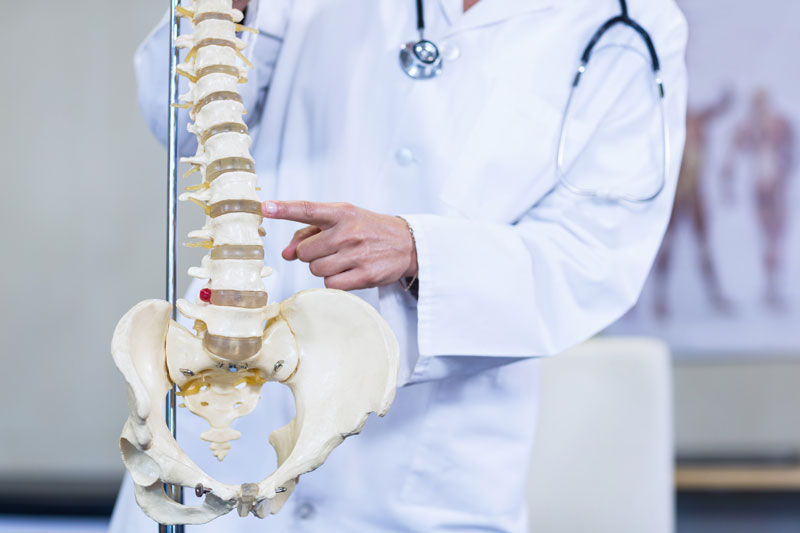What is a Joint Injection?
A joint injection, or an intra-articular injection, is an injection using a local anesthetic and a medication injected directly into the joint to relieve pain and inflammation. There are three common types of joint injection:- Corticosteroid injections
- Hyaluronic injections
- Nerve blocks
Why is a Joint Injection performed?
A joint injection can reduce inflammation, provide pain relief, and increase mobility for an extended period of time, depending on the condition being treated, any concurrent treatments, and the patient’s overall health. The type of joint injection received is dependent on the joint being treated. Examples of joint injections are:- Facet joint injections
- SI joint injections
- Hip joint injections
- Knee joint injections
- Shoulder joint injections
- Ankle joint injections
- Elbow joint injections
How is a Joint Injection performed?
Wear loose, comfortable clothes to allow easy access to the joint. Once you are settled on the table, your doctor will clean and sterilize the skin around the joint to minimize the potential for infection. A local anesthetic will be injected to make your joint injection more comfortable. Using fluoroscopic or ultrasound guidance, your doctor will administer the medications exactly where they are needed. Joint injections are generally safe, but there are potential side effects and risks to be aware of. Potential side effects include:- Allergic reaction to injected medication
- Allergic reaction to skin disinfectant or bandage tape adhesive
- Temporary increase in pain
- Bruising at the injection site
- Mild swelling at the injection site
- Thinning bone at the injection site
- Nerve damage
- Damage to or death of nearby tissue
- Corticosteroid side effects, such as headaches, facial flushing, hot flashes, anxiety, and insomnia
What should I expect after Joint Injections?
Recovery after a joint injection is generally quick, but there are a few things to remember on the days after your joint injection.- Have a friend or family member drive you home after your joint injection, if needed
- Take it easy on the day of your procedure. You can resume all regular activity the day after
- Apply ice to reduce pain and swelling at the injection site as needed, 20 minutes on and 20 minutes off
- Avoid saunas or other heat to the injection site for three days (regular hot showers are fine, but no baths until your doctor says it is okay)
- Consult with your doctor about your current medications and if you should take them before or after the procedure
- Remove the bandages if they get wet from bathing
- Corticosteroid side effects as noted above are common, so take comfort measures as needed (e.g., over-the-counter headache relief, cool washcloths for hot flashes, and herbal teas for sleep and calming anxiety).




